Where is the picture of the Great Wave off Kanagawa seen from?
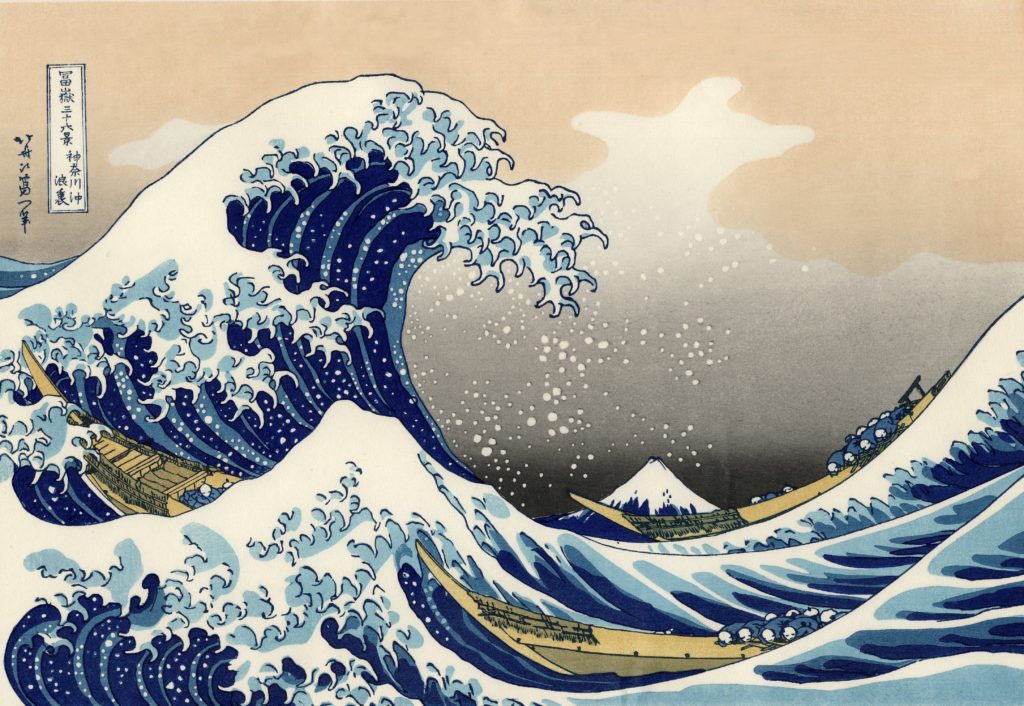
“The Great Wave off Kanagawa” from Katsushika Hokusai‘s masterpiece “Thirty-six Views of Mt. Fuji” is featured on the back of the new 1,000-yen bill to be issued from 2024. It is one of the most famous works of ukiyo-e, but where is the landscape actually seen from in this print? As you can see from the bold compositions, Hokusai did not simply depict the scenes he actually saw, but created his own unique world based on these materials. Still, the prevailing theory is that it is a landscape seen from the ocean from Honmoku to Kisarazu.
Aizawa Ryuji, director of the Yokohama City Hasseiden Folk Museum, points out five points about the location of the sea near Honmoku.
- According to the Edo shogunate’s official document, the new edition of Musashi Fudoki, the inland sea from the area around present-day Sachigaya Park to around Honmoku Jūniten was called “Kanagawa Minato.” Therefore, “Offshore of Kanagawa” refers to that offshore area.
- Honmoku owned 35 “Oshiokuri-bune” ships, by far the largest number in the area.
- It is said that Hokusai drew the Great Wave with Utagawa Hiroshige’s “Cape of Honmoku in Musashi” in mind.
- Once these ships departed from Honmoku, they took a southward route, so they sailed offshore with Mt. Fuji on their right. The sunset sky also matches the scene in this print, as the prints depart in the evening to be delivered to Nihonbashi the next morning.
- Hokusai created “View of Honmoku Off Kanagawa” when he was over 50 years old (the Great Wave was a work he painted when he was over 70 years old), but this is a very early work depicting a great wave. Hokusai himself called Honmoku “Offshore of Kanagawa.”
Relate Post: Evolution of Hokusai’s wave printings
Related posts:
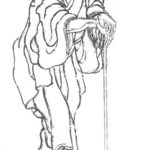 Who is Katsushika Hokusai? His bio and paintings
Who is Katsushika Hokusai? His bio and paintings
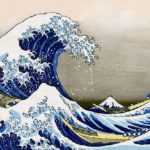 Famous The Great Wave Off Kanagawa art print, painted by Katsushika Hokusai
Famous The Great Wave Off Kanagawa art print, painted by Katsushika Hokusai
 Evolution of Hokusai’s wave printings
Evolution of Hokusai’s wave printings
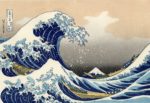 What influence did the Great Wave off Kanagawa have on Van Gogh?
What influence did the Great Wave off Kanagawa have on Van Gogh?
 What are the three ships depicted in the Great Wave?
What are the three ships depicted in the Great Wave?
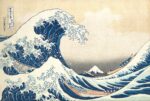 German library purchases Katsushika Hokusai’s “The Great Wave off Kanagawa” for several million euros
German library purchases Katsushika Hokusai’s “The Great Wave off Kanagawa” for several million euros
